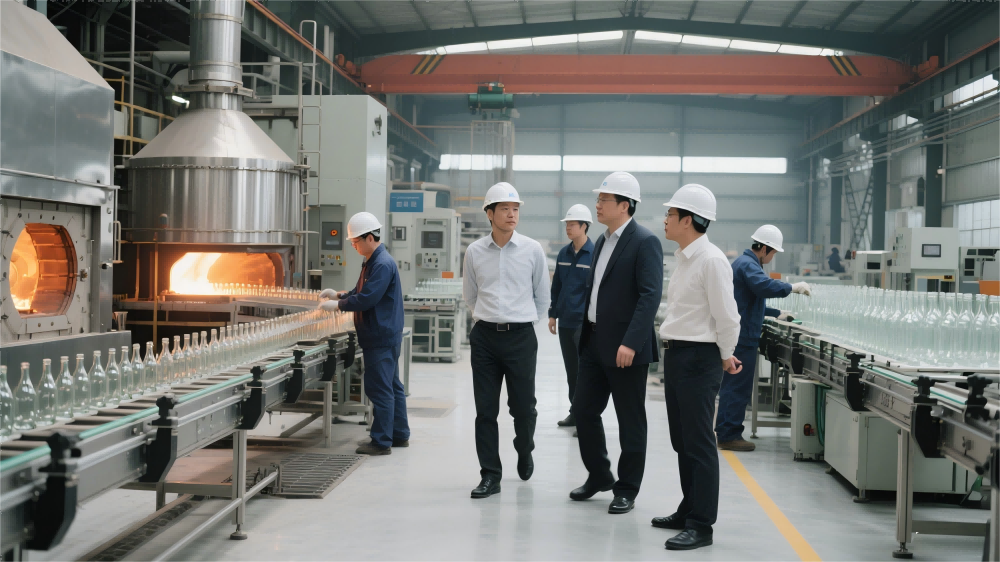First of all, raw materials are one of the important factors influencing the price of glass bottles. The raw materials of glass bottles produced by Shandong Jingna Glass Co., Ltd.mainly include silica, sodium carbonate, limestone and sodium fluoride, etc. The price difference is mainly due to the varying quality and supply conditions of raw materials. Higher-quality raw materials are relatively more expensive, while those with a stable supply are relatively cheaper. Therefore, when choosing a manufacturer, one can understand the quality source and supply situation of its raw materials, as well as the price comparison with other manufacturers, so as to select a manufacturer that suits one's own needs.
Secondly, the manufacturing process also affects the price of glass bottles. The manufacturing process can determine the quality and appearance of glass bottles. High-end manufacturing processes often require higher investment and technical levels, so their prices are relatively high. Some common manufacturing processes, however, are relatively inexpensive and can even be provided by smaller-scale manufacturers. Therefore, when choosing a manufacturer, you can, based on your requirements for the quality and appearance of glass bottles, comprehensively consider the price and quality, and select the process level that suits your needs.
In addition, the production scale will also affect the price of glass bottles. Large-scale production often saves costs and can provide a more stable supply. Small-scale production, on the other hand, has relatively higher costs and prices. Therefore, when choosing a manufacturer, one can understand the manufacturer's production scale and order volume, and thereby select a manufacturer of moderate scale to obtain a more reasonable price.
The supply chain is another factor that affects the price of glass bottles. The quality of the supply chain will affect the delivery speed of products, inventory levels and quotations, etc. Excellent supply chain management can enhance production efficiency, reduce inventory costs, and thereby lower product prices. Therefore, when choosing a manufacturer, one can understand its supply chain management and its relationship with partners to determine the delivery time and price.
Brand is also an important factor influencing the price of glass bottles. Products of well-known brands are often more expensive, while those of non-well-known brands are relatively cheaper. The improvement of brand awareness often has its own reasons, such as excellent products, good services and a high market share, etc. Therefore, when choosing a manufacturer, you can compare prices and quality based on the brand's popularity and credibility, and select a brand that suits your needs.
Then, the tips for choosing a glass bottle manufacturer include the following points:
Make multiple comparisons: Understand the prices and product qualities of different manufacturers in the market, and comprehensively consider the cost performance.
Reference word-of-mouth: Listen to the evaluations and feedback from other customers to understand the service quality and credibility of the manufacturer.
On-site inspection: Visit the manufacturer for an on-site inspection to understand their production equipment and technological level, ensuring they meet your requirements.
Communicate with the manufacturer: Have thorough communication and negotiation with the manufacturer to understand the specific product requirements and delivery time, ensuring the consistency of both parties' demands.
Sign a contract: After reaching an agreement with the manufacturer, sign a formal contract to clearly define the product specifications, prices, delivery times, and quality standards, etc., to safeguard the rights and interests of both parties.
In conclusion, the price differences among glass bottle manufacturers are mainly influenced by factors such as raw materials, manufacturing processes, production scales, supply chains, and brands. When choosing a manufacturer, you can take these factors into comprehensive consideration and apply techniques such as multi-party comparison, referring to word-of-mouth, on-site inspection, communication with the manufacturer and signing a contract to obtain a product with a higher cost performance.

